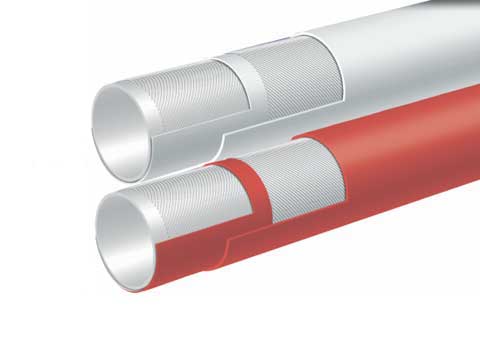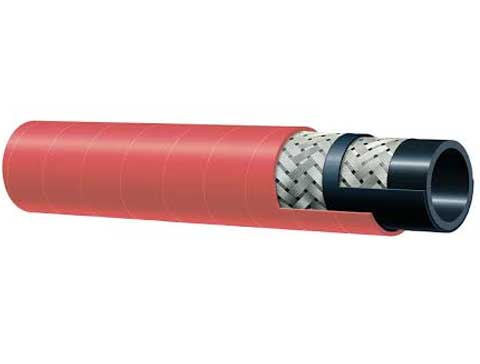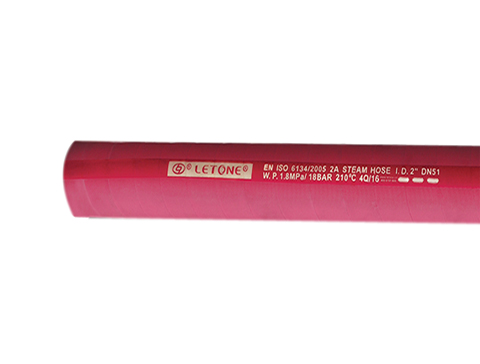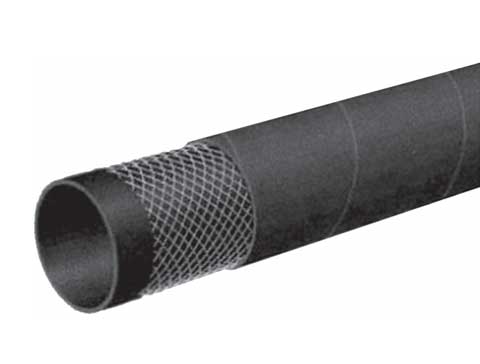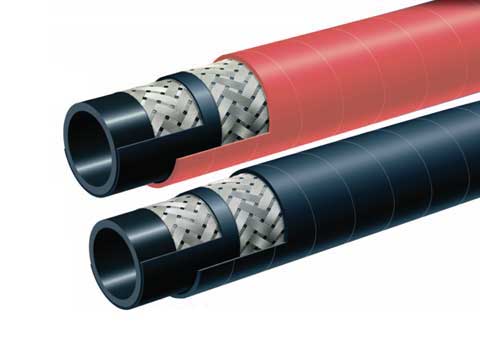PTFE is an extremely durable material that has many benefits. It is non-toxic, hydrophobic and resists warping at high temperatures.
Adding fillers and additives can significantly improve PTFE's mechanical properties. These include lowering creep, increasing hardness and flex, and decreasing wear. It is also highly resistant against corrosion and oxidizing agents.
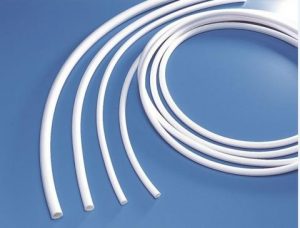
Advantages and disadvantages of PTFE Multifunctional Hose
PTFE multifunctional hoses have a number of advantages and disadvantages, depending on the application. They are ideal for applications that require high temperature resistance, low water absorbency and permeability and chemical resistance. They are also perfect for food and beverage production where sanitation and sanitizing are required. However, this type of hose can be expensive and requires more maintenance than other types of piping.
PTFE is an engineered fluoropolymer that's used in a variety of industries. It is a highly durable material that resists kinking and has excellent chemical and heat resistance. It is also non-stick and easy to clean, as well as resistant to mold growth. It's the polymer used to make Teflon cookware, and is even incorporated into wiring insulation and surgical implants.
PTFE multifunctional hoses are generally more flexible than tubing and pipe, which makes them easier to install in tight spaces. They're also often easier to sanitize, as they can be run through germ-killing solutions without any issues. PTFE hoses are flexible and can kink easily. It is important to plan your installation with a minimum radius of bend in mind. In addition, PTFE hoses must be kept away from sharp objects and excessive pressure. Swagelok's new line of PTFE Multifunctional Hoses has addressed these concerns.
How to prolong the life of PTFE multifunctional hose
The PTFE multifunctional tube is used for applications that require excellent chemical resistance. It is also resistant to high temperatures and pressure. It can be made from a variety materials, such as stainless steel, Hastelloy or polyethylene. The hose can be made with a rubber covering for added flexibility. This type of hose is ideal for applications where the piping must be flexible and cleanable.
PTFE is one of the fluoropolymers and is commonly known as Teflon. It has one of the highest chemical resistance ratings of any material on the market. It is widely used in many industries and is widely accessible in the United States.
PTFE hoses can be used for chemical transfer, vacuum and gas sampling. They can handle a wide range of temperatures and chemicals, but it is important to understand the differences between them before choosing one for your application. PTFE is also very durable, and its properties do not change with time. Its resistance to weather damage, wear and tear, and general wear and tear makes it an ideal choice for many projects. It comes in different sizes and styles to suit your needs. For example, it can be manufactured as a smooth bore or convoluted, and there are even options with static dissipative tube.
PTFE multifunctional hose layer fault
PTFE is a chemically-inert material used to coat wire products, such as those in computer drives. Its ability resist corrosion makes it an excellent choice for applications requiring high temperatures, pressure and vibration. It also offers excellent abrasion resistance. It is inert to the majority of biochemical substances, and can be used as a coating for medical devices.
Several types of hose are available, each with different characteristics for specific applications. Unisource Series TSV, for example, is designed to convey material without entrapment. It also features large convoluted holes that make cleaning easier. This hose can be used in a wide range of applications including hydraulics and electrical insulation.
A PTFE hose can be fabricated with various fittings, including NPT, FNPT, and BSPT. To ensure a good seal, the hose must be fitted with the correct fittings. This will prevent leaks from occurring and damage to the hose.
A hose assembly must be tested in real-life service conditions. This test will determine whether the hose will withstand the expected pressure and temperature of its application. It will also show if the hose can withstand a sudden increase in pressure or a surge. The hose can be branded with its service test pressure at the end of the testing process.

